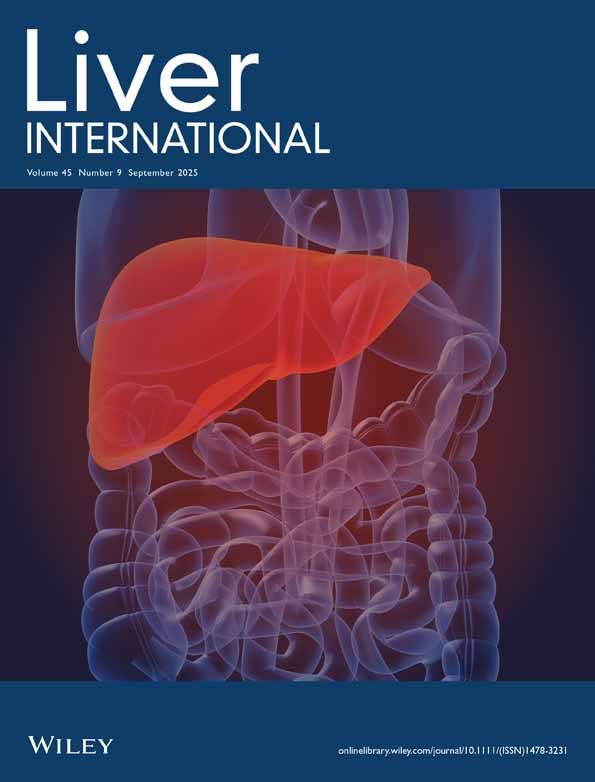Clinical, virological and histopathological features: long-term follow-up in patients with chronic hepatitis C co-infected with S. mansoni
Abstract
Abstract: Background/Aims: Infection with Schistosoma mansoni is endemic in Egypt leading to hepatic schistosomiasis and eventually portal hypertension. The prevalence of antibodies against hepatitis virus C among Egyptians is 14–51%. The aim of the present study was to investigate the influence of schistosomiasis on chronic hepatitis C with respect to the natural course of the disease, immunology, virology and histology. Patients and Methods: One hundred and twenty-six Egyptian patients classified into three groups: group A: chronic hepatitis C (n=33); group B: chronic schistosomiasis (n=30) and group C: chronic hepatitis C and chronic schistosomiasis (n=63) were enrolled and prospectively followed for 62.7±22 months. Patients infected with other hepatic viruses and/or parasites were excluded. Detailed history, clinical examination, CD4+ and CD8+ lymphocyte counts in blood, hematological and blood chemical values, abdominal ultrasonography, upper endoscopy, HCV RNA titer by RT/PCR, genotype and histological activity index in the liver biopsy were determined. Results: Thirty patients (48%) with HCV and schistosomiasis had liver cirrhosis and Child-Pugh class C vs. five (15%) in HCV patients and none in the schistosomal group. HCV RNA levels ranged between 0.07 and 13×105 copies/ml in group A, and between 1 and 25×105 copies/ml in group C. HCV genotype 4 was detected in 58 patients with co-infection (92%) and 21 patients with HCV alone (64%). Patients with coinfection showed higher grading and staging scores in their liver biopsies. Hepatocellular carcinoma was detected only in patients with coinfection. During follow-up, the mortality rate was 12%, 3% and 48% in group A, B and C, respectively. Conclusions: Patients with concomitant HCV and schistosomiasis infection were characterized by more advanced liver disease, higher HCV RNA titers, predominance of HCV genotype 4, higher histologic activity, higher incidence of cirrhosis and hepatocellular carcinoma as well as a much higher mortality rate.




